Civil Disobedience Movement, Repression and Reaction 1930-35
Synopsis
With the commencement of the fourth decade, the book gained momentum on account of significant events. The Lahore Congress under the Presidentship of Jawaharlal Nehru gave the final verdict of complete independence on the banks of river Ravi. The political programme commenced with the Dandi March under the leadership of Mahatma Gandhi resulting into the historic salt satyagraha. It greatly awakened the masses and made them aware rather well awakened towards the path to Swaraj. People now began to feel that the Gandhian technique of satyagraha must pay them the desired dividends. The theme has been covered into nineteen chapters along with comprehensive index. It has dealt with Nehru's ideology from 1930 onward, specially when he declared the complete independence as the main clause of its manifesto. With the relevant historical background, it has touched upon the march on foot from Sabarmati Ashram to Dandi with 78 followers. The next chapter has covered the public response to the Dandi March and breach of salt law. Indeed the commencement of civil disobediance movement in 1930 is a unique phenomenon in the annals of Indian sub-continent. The role of women has been highlighted. Besides the role of Sardar Patel gives us a glimpse of his patriotic fervour, commencing from the Bardoli Satyagraha to the Congress session at Karachi. The Government of India Act 1935 has been assessed. In fact Dr. Rajendra Prasad played the significant role in the long-drawn political developments in our country.
Read more
110.70
99.63
$
123.00 $
Free delivery Wolrdwidе in 10-18 days
Ships in 1-2 days from New Delhi
Membership for 1 Year $35.00
Get it now and save 10%
Get it now and save 10%
BECOME A MEMBER

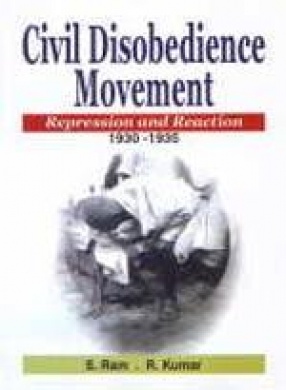

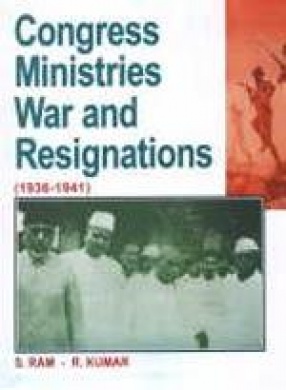
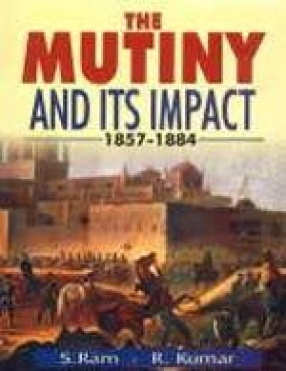
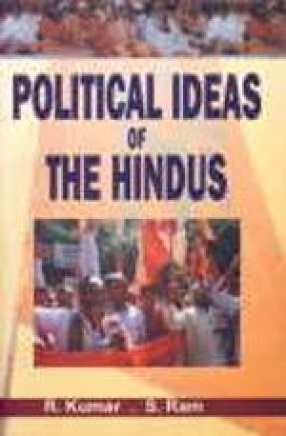


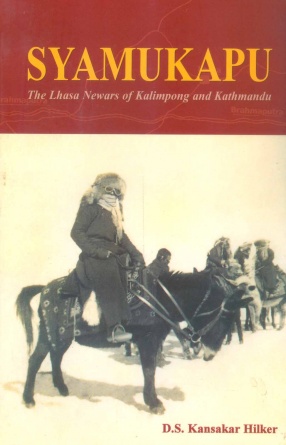

Bibliographic information
R. Kumar